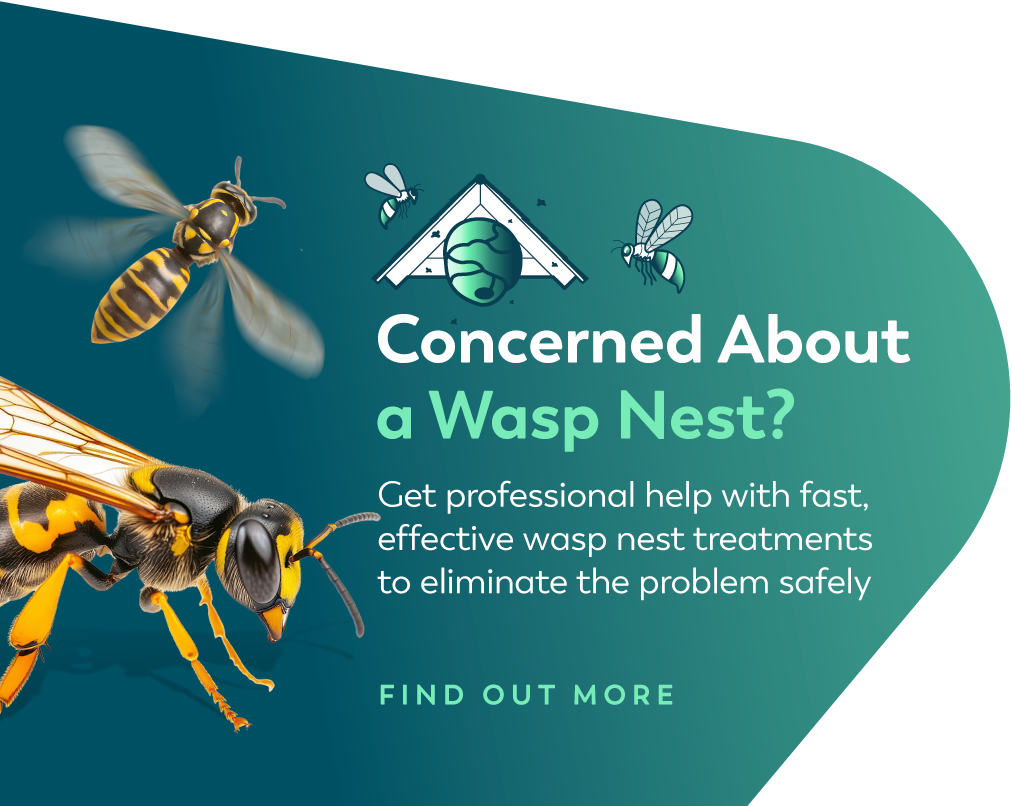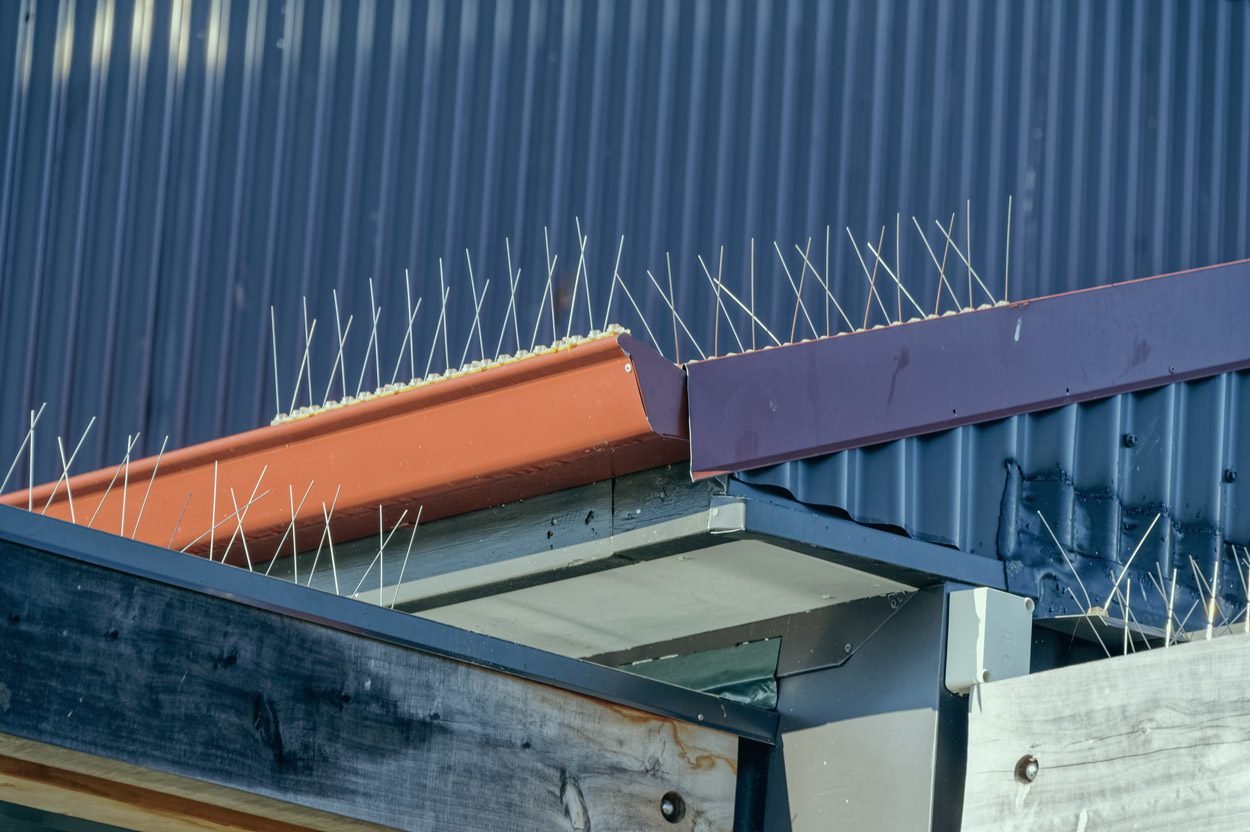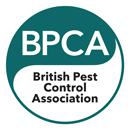Pests may transmit disease or may be just a nuisance. A pest can be a plant (weed), vertebrate (bird, rodent, or other mammal), invertebrate (insect, tick, mite, or snail), nematode, pathogen (bacteria, virus, or fungus) that causes disease, or other unwanted organism that may harm water quality, animal life, or other parts of the ecosystem.
Rather than simply eliminating the pests, using IPM means you’ll look at all environmental factors that affect the pest and its ability to thrive. Once armed with this information, you can create conditions that discourage pests from the area you are trying to protect.
In IPM, monitoring and correct pest identification help you decide whether management is needed.
Monitoring means checking your field, landscape, building or other site to identify which pests are present, how many there are, or what damage they’ve caused. Correctly identifying the pest is key to knowing whether a pest is likely to become a problem and determining the best management strategy.


